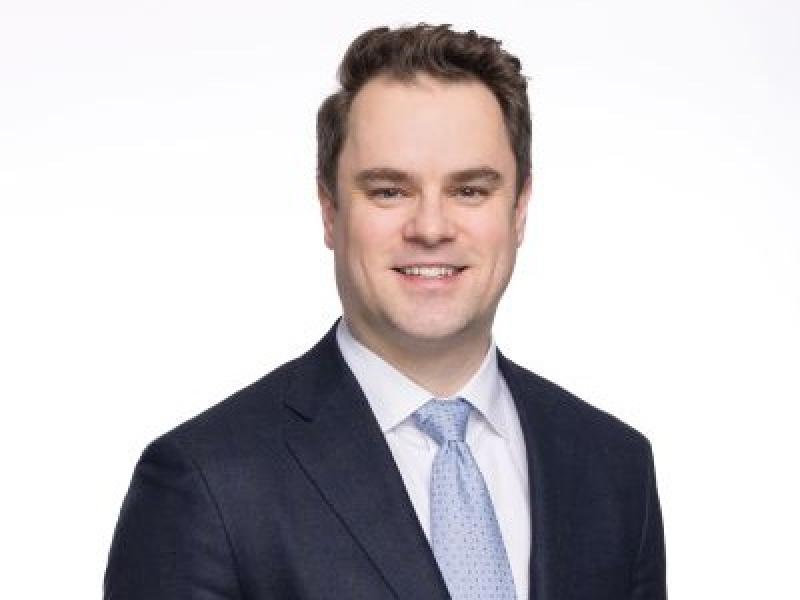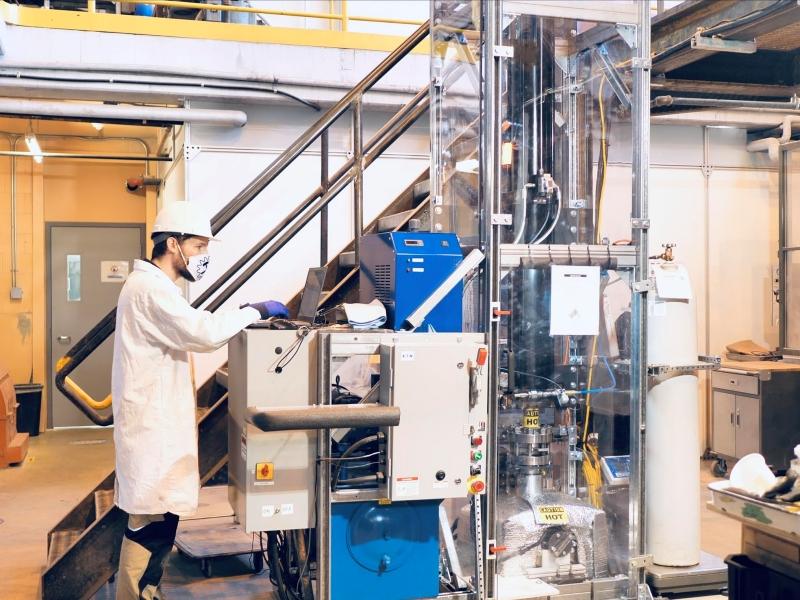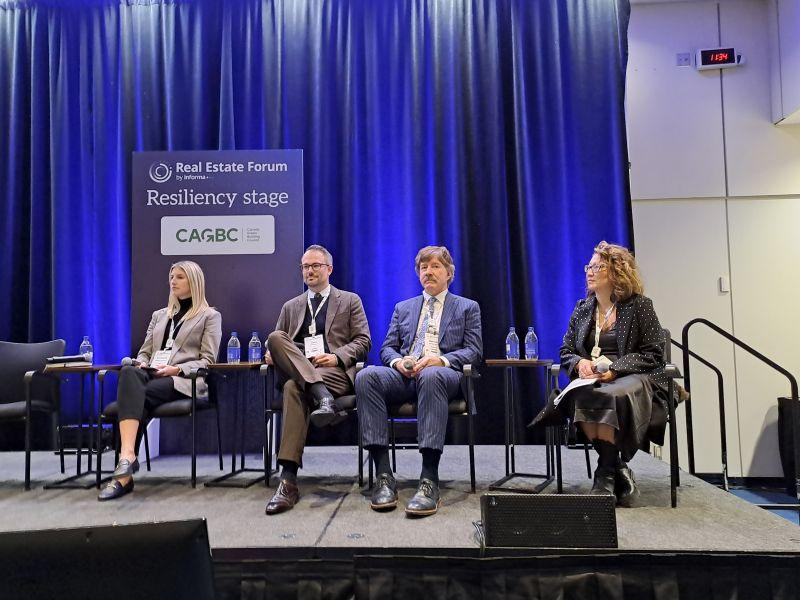
Toronto-based Full Circle Lithium (FCLI-X) is partnering with US Fire Pump (USFP) to deploy a series of retrofitted vehicles uniquely designed and equipped to extinguish lithium-ion battery fires.
These emergency response vehicles will allow firefighters to deploy FCL's groundbreaking fire suppression agent to snuff hard-to-contain fires erupting from the lithium-ion battery packs that power electric vehicles (EVs). The batteries are also found in energy storage systems or at lithium recycling plants.
As EVs and lithium-ion battery storage units become ubiquitous, so too does the risk of catastrophic fires caused by thermal runaway — a phenomenon where overheating and the build-up of pressure within a battery pack triggers a chain reaction in battery cells, resulting in fires.
Traditional firefighting methods using water and foam often fail against these toxic, reignition-prone fires, leaving responders in dire need of specialized solutions.
USFP's past success with FCL-X
The company's partnership with USFP has already been successfully battle-tested. In October, its proprietary FCL-X compound was instrumental in quelling a major fire at one of the world' largest lithium-ion battery recycling facilities in Fredericktown, Mo.
The blaze was only brought under control when local firefighters ultimately sprayed the burning batteries with the FCL-X fire suppression agent.
"This event served as real-life validation for our specialty agent that emergency response teams can now begin to deploy as a result of our partnership with USFP," Carlos Vicens, chief executive and co-founder of FCL, said in an interview with Sustainable Biz Canada.
"As the EV industry expands, the incidence of lithium-ion battery fires will increase as battery packs begin to age or overheat. Our technology enables USFP to respond quickly and effectively in such emergencies."
FCL-X acts as both a fire suppression agent and a toxic gas neutralizer by converting hydrogen fluoride gas released by lithium-ion fires into non-hazardous salts, protecting firefighters and bystanders.
Vicens underscores the advantages that FCL-equipped emergency response vehicles will have over conventional firefighting trucks.
"A typical EV fire requires a minimum of 10,000 gallons of water to put out," using traditional techniques, Vicens said. "Our new emergency response vehicles are smaller and more mobile and come equipped with tanks that deliver between 250 and 500 gallons of water mixed with our fire suppression agent.
"Typically, that is all the new USFP vehicles need to be able to put out EV fires, which will become more and more frequent in the coming years."
Further, Vicens highlights the added capability of the FCL-USFP delivery system to prevent the run-off of hazardous chemicals due to the large amount of water used by conventional fire vehicles.
"Those battery chemicals spill out onto streets and into sewers . . . Our (fire suppression) agent not only puts out the fire fast and efficiently within three to five minutes, but using less water means reducing the spill-off," Vicens added.
Retrofitting Ford F-550s as modular fire trucks

In consultation with FCL, USFP has adapted the chassis of a Ford F-550 cab to build a fleet of innovative Lithium Response Vehicles (LRVs) which allow firefighters to quickly pour the FCL-X compound into 500-gallon tanks.
The resulting aqueous mixture is delivered via 30- to 45-gallon-per-minute nozzles, which acts as a rapid chemical retardant to the thermal runaway process which intensifies lithium-ion battery fires.
In addition, USFP has also designed a Lithium Response Trailer (LRT) which supplies a 535-gallon booster tank with the same mixing capabilities as the LRV.
"We wanted these response vehicles to be fast and highly mobile," Vicens explained. "Even though a Ford F-550 is not that small, it can still easily access places that conventional fire trucks would have difficulty reaching."
Unlimited potential for FCL expansion
FCL envisages a hockey-stick growth trajectory this year. Sales of FCL-X exceeded $400,000 in the Q1 and Vicens is optimistic his company will see significant revenue growth this year.
"We hired a research analyst who has our estimated potential revenues at anywhere from $5 million to $8 million this year, which tells you something about how big the market is for our product."
This growth is driven by the need to combat the rising number of lithium-ion battery fires. According to Vicens, there are approximately 50,000 fire stations in the U.S., with a target market of 10,000 to 15,000 stations with the financial resources to invest in the FCL-USFP emergency response vehicles.
"Each of these stations could potentially purchase an average of $20,000 worth of FCL-X. Are we going to see 10,000 stations invest in our product? No. But even if we capture one per cent of that market, you get a sense of how big just one vertical of the market is," Vicens explained.
Beyond fire departments, potential customers include original equipment manufacturers, industrial companies, battery storage facilities and at some point EV owners looking for a portable means of extinguishing battery fires.
"That's how we have been building out our growth profile and we believe that we have laid the groundwork for years of significant growth in the coming years."










